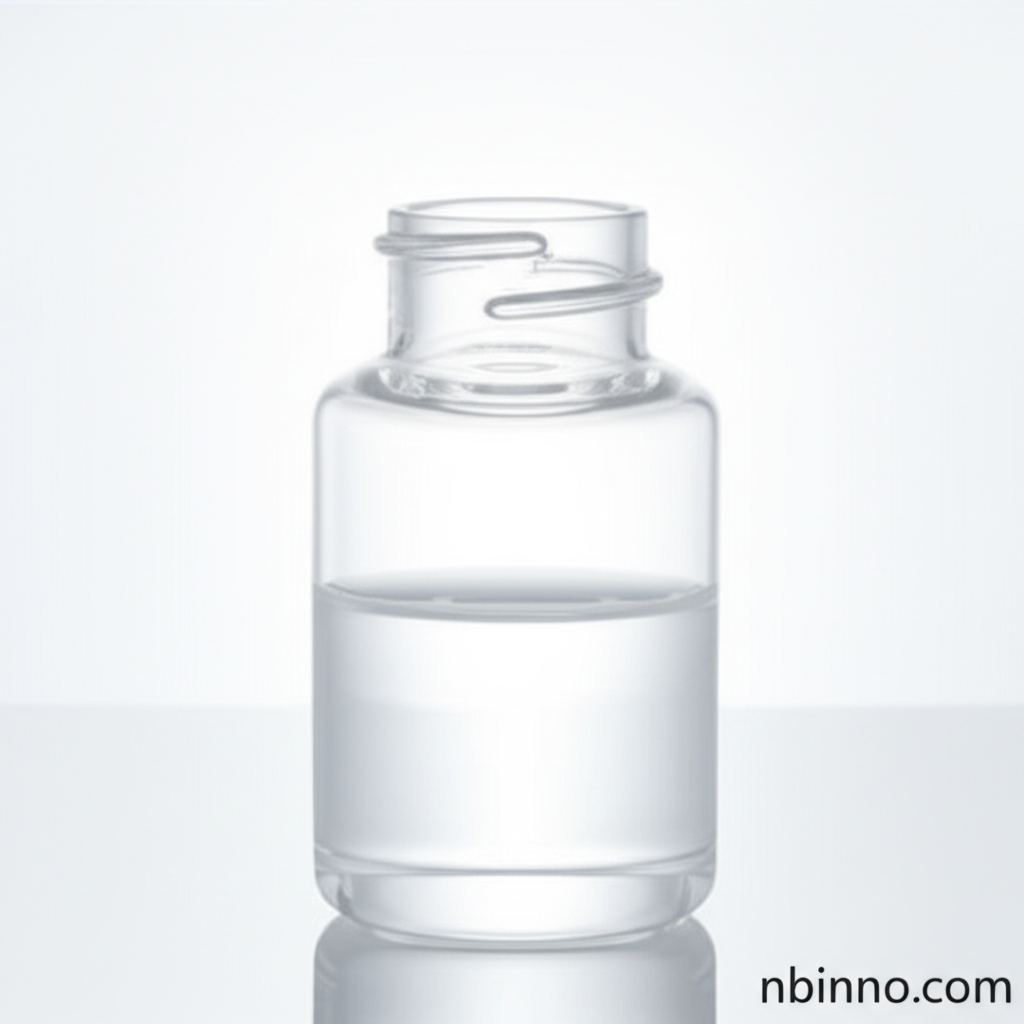N,N-Dimethylbenzylamine (CAS 103-83-3): A Versatile Catalyst and Intermediate in Chemical Synthesis
Discover the essential properties and wide-ranging applications of N,N-Dimethylbenzylamine, a key compound driving innovation in polyurethane, epoxy resins, and various other chemical industries. Explore its role as a catalyst and intermediate.
Get a Quote & SampleProduct Core Value

N,N-Dimethylbenzylamine
As a trusted supplier in China, we offer N,N-Dimethylbenzylamine, a vital chemical compound known for its efficacy as a catalyst and intermediate. Its unique molecular structure makes it indispensable in formulating high-performance materials and facilitating complex chemical reactions. We are committed to providing high-purity products that meet stringent industry standards, ensuring reliability for your manufacturing and research needs.
- Leveraging its capabilities as a N,N-Dimethylbenzylamine catalyst, industries can significantly accelerate the formation of polyurethane foams, enhancing production efficiency and product quality.
- The compound's role as a benzyl dimethyl amine epoxy resin catalyst is crucial for achieving optimal curing times and superior physical properties in various adhesive and coating applications.
- As a BDMA chemical intermediate, it serves as a foundational element in the synthesis of a broad spectrum of fine chemicals, pharmaceuticals, and agrochemicals, supporting innovation across sectors.
- Sourcing N,N-Dimethylbenzylamine for synthesis from a reliable manufacturer in China ensures consistent quality and competitive pricing, crucial for cost-effective production.
Key Advantages Offered
Enhanced Catalytic Activity
Utilize N,N-Dimethylbenzylamine's potent catalytic properties to speed up chemical reactions, particularly in the curing of epoxy resins and the production of polyurethane foams, improving overall process economics.
Versatile Chemical Intermediate
As a N,N-dimethylbenzenemethanamine intermediate, it offers exceptional versatility for organic synthesis, enabling the creation of complex molecules for pharmaceuticals, agrochemicals, and specialty chemicals.
Improved Product Performance
Incorporating BDMA in formulations can lead to improved material properties, such as enhanced thermal stability and chemical resistance in polymers and coatings.
Key Applications
Polyurethane Production
BDMA is a widely recognized catalyst in the production of polyurethane foams, contributing to efficient polymerization and desirable foam characteristics.
Epoxy Resin Curing
This amine acts as an effective curing agent and accelerator for epoxy resins, vital for applications in adhesives, coatings, and composites.
Organic Synthesis
Its role as a chemical intermediate is critical in the synthesis of various fine chemicals, supporting the development of new materials and complex organic molecules.
Specialty Chemical Formulations
N,N-Dimethylbenzylamine finds its way into diverse specialty chemical formulations, leveraging its catalytic and reactive properties for specific industrial needs.
